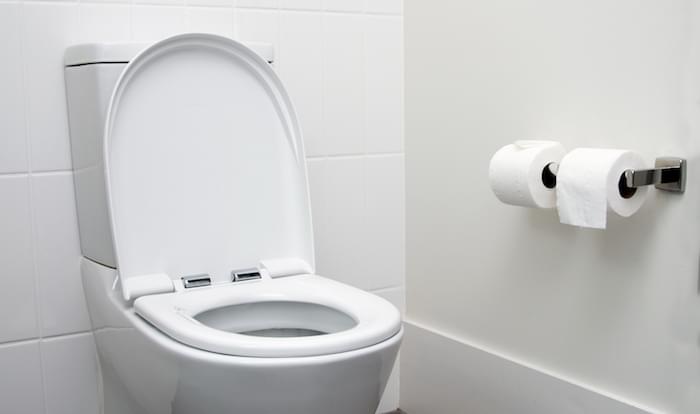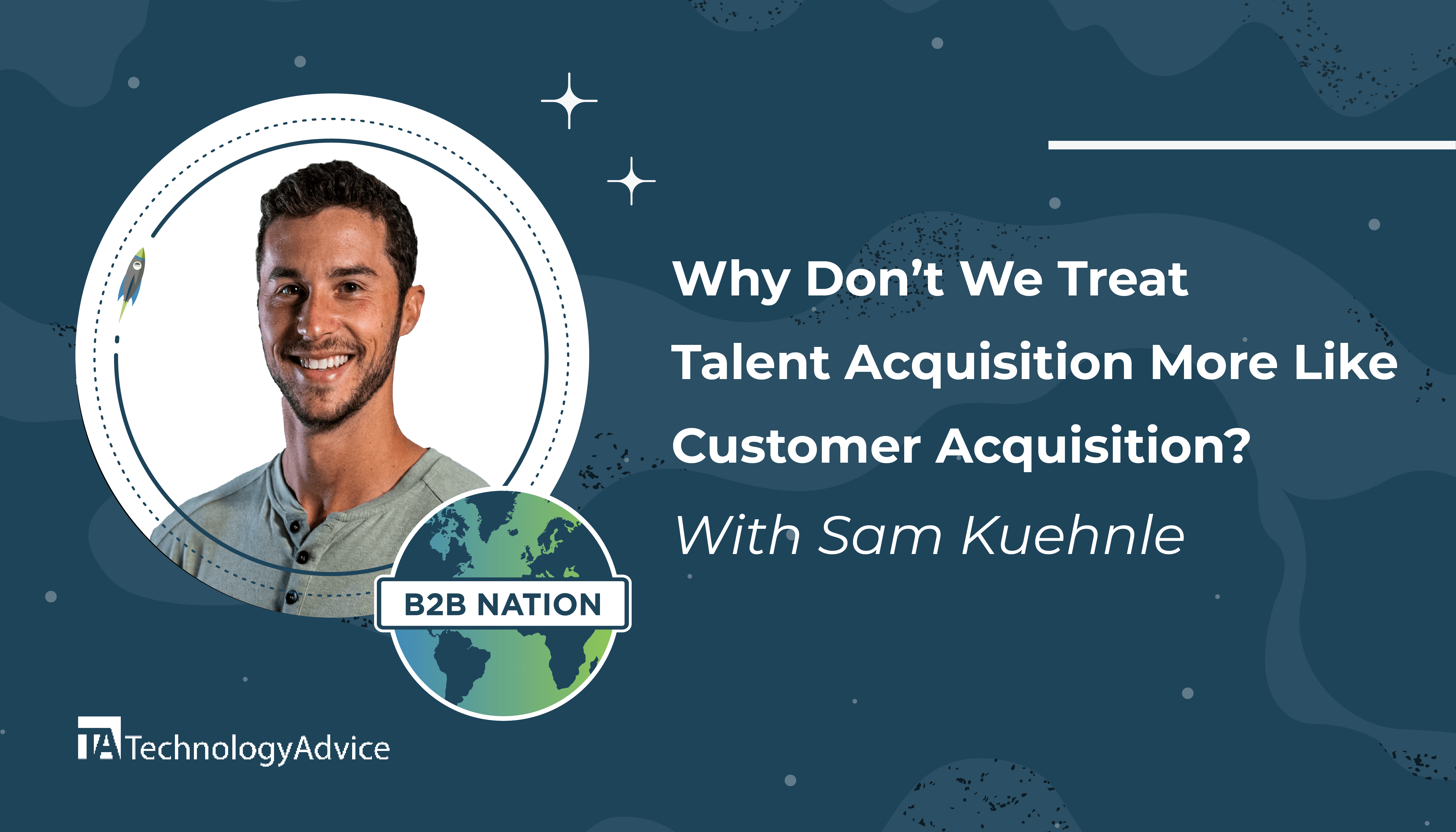 Here are three easy steps you can take to get the biggest return from your next top-of-the-funnel CPL program.
Here are three easy steps you can take to get the biggest return from your next top-of-the-funnel CPL program.
1. Stop Hyper-Targeting by Industry and Location
What I’ve learned in my role over they years is that the more open clients are with their targeting, the more successful they are with our programs. For that reason, we always try to coach our clients to be as open as possible with their campaigns (without shooting themselves in the foot, of course). I’m not suggesting you should include titles, industries, and locations that have zero potential to become a paying customer — or even locations and industries which you know will convert for a lower dollar amount. By all means, exclude those leads. Waste of money. However, if you are only targeting key industries or verticals with the highest conversion rates you’re painting yourself into a corner. In outsourced programs (like top-of-the-funnel CPL), we’ve found that key industries and locations from other channels are actually not more likely to close. Rather, all of these leads engage with the campaign the same way and bear a similar LOE. What hyper-targeting does accomplish is making leads much harder for the vendor to find, and in turn, more expensive. Take the two campaigns highlighted below as an example. In both cases, the leads have agreed to receive content from the brand, and have provided accurate, up-to-date contact information. Both campaigns will convert at 1-2 percent. The only difference is that cost per acquisition is much higher for Campaign 2.Campaign 1 – Open Targeting
- Job Title: IT Managers+
- Company Size: 500+
- Industries: All Industries – Exclude Public Sector.
- Location: US Only
- Volume: 1,000 leads
- Spend: $35,000
- Conversion: 1%
- Cost per Opp: $3,500
Campaign 2 – Vertical Specific
- Job Title: IT Managers+
- Company Size: 500+
- Industries: Telecommunications, Utilities, and Manufacturing Only
- Location: US Only
- Volume: 833 leads
- Spend: $35,000
- Conversion: 1%
- Cost Per Opp: $4,375
*Pricing from TechnologyAdvice Content Syndication Rate Card. The only exception to this is company size. You should pay a little more per lead to get the average deal size to a place that makes sense for the cost of your program. To help determine how open your targeting should be, use this question: “If a lead that looks like X calls and has his credit card out, could I sell him my product?” If the answer is yes, then keep that industry or location included on the program.
2. Combine Filters Wherever Possible
Every marketer wants the perfect lead that fits their ideal customer profile to a T and that passes the eyeball test from their sales team. But a fear of under-qualifying and the resulting stringent qualification process can over-inflate costs. To avoid this, combine filters where possible and make some assumptions about your target audience. For example, if you’re selling a CRM solution and need a minimum of 50 seats, ask the vendor to target 250+ or 500+ employees. It is probably safe to assume that a 500-person company will use 50 seats. During BANT programs, do not ask for timeframe and budget. If the lead has one, they will most likely have the other, or at least be very close to having the other. This strategy will keep the lead gen provider from asking extra qualifying questions and in most cases could save you $5-10 per lead.3. Don’t Pay for Questions your Sales Team is Already Asking
In the same spirit, be smart about the profiling questions you ask during the program. For example: “What CRM solution are you currently using?” While it’s nice for the sales team to have as much information as possible, asking for too much can create redundancy — i.e. wasted marketing dollars. You have an inside sales team to ask these profiling and qualifying questions. In fact, that’s what they are paid to do, and it will help them build credibility with the prospect. Unless, the information is absolutely critical to the way the Sales team follows up or the way the marketing team nurtures, do not ask more than one profiling question. Instead of trying to uncover everything on the first interaction, focus on one question that will help start a conversation. Ask something like this: “When it comes to your current solution, what is the biggest challenge?” This type of question will give the sales team a talking point beyond the standard “Did you read our content? No? Thanks for your time” (I know you’ve heard your sales team complain about that exact conversation). Then, let them follow up with other questions needed to qualify the lead. The result will be a higher conversion rate, more engaged leads, and a savings of $3-$5 per lead, per question not asked.* * *
Top-of-the-funnel CPL programs are a numbers game. Quality TOFU leads that are slightly engaged (phone verified, w/ basic opt-in) should convert into opportunities at 1-2 percent in the first 30-90 days. The goal of the marketing team should be to get as many of these leads as they can at the lowest cost possible. A one-dollar difference in CPL could have huge implications for the success of your program. Play with the suggestions above to see how low you can get your CPL without sacrificing “quality.” Then test out the return on your spend using our ROI calculator. What tricks do you use to reduce CPL? Let us know in the comments section.Zach Jones is a senior director of client development at TechnologyAdvice. Connect with him on LinkedIn.



